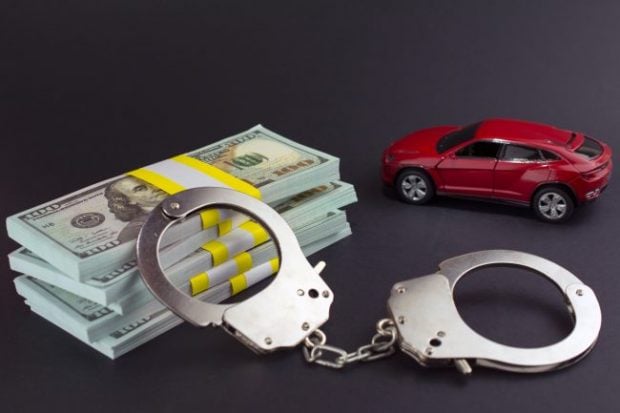What you see-members boosting savings but not rushing over to the loan department to borrow money-is likely what you will get for a while.
That's the word from sources such as the Conference Board and the latest Reuters/University of Michigan Consumer Confidence Survey.
At a meeting in Washington to unveil the latest findings, University of Michigan economist Richard Curtin, who directs the Reuters/U of M study, indicated consumers think the worst of the recession is over. However, he added, they're still nervous.
Recommended For You
"In the coming years, U.S. consumers will save more and spend less," he predicted. "The recovery will be slow and uneven, and it could take a decade or more for consumers to restore their sense of financial security to pre-recession levels.
"Record levels of job and income uncertainty continue to cause consumers to postpone purchases of homes, vehicles and durable goods."
That wary outlook is echoed by the Conference Board, which saw consumer confidence improve in August but drop in September. In addition, figures released by the Federal Reserve in October showed borrowers reducing their credit card debt, a trend that has continued for 11 months. Nonrevolving credit debt, such as auto loans, also dropped slightly.
Does this mean credit unions will continue to see savings grow while loan activity stagnates?
"That's the big question," Lynn Franco, director of the Conference Board Consumer Research Center, told Credit Union Times. "We have seen this shift from spending to saving, with fewer consumers willing to take on debt and borrow, given the current economic environment. There's also the substantial loss in wealth people have experienced in the financial market."
While it's a bit too soon to know if this is a temporary or permanent shift, Franco added, at least for this year and going into next year she expects consumers to continue to save at about a 4.5% rate.
"For credit unions and others, this will continue to pose a challenging time," she said.
Franco believes the current recession has differed from others because there have not only been tremendous job losses but also a dramatic loss of wealth in home values and other financial assets. From the peak to the trough, the total net worth loss amounted to some $13 trillion.
The consumer is "pretty resilient," she noted. However, news of major job losses has delivered a heavy psychological blow.
Franco indicated she's seeing what other researchers have found-although there is strong pent-up demand for items such as new cars, consumers aren't willing to make a commitment.
"The pullback is really across all income groups," she said. "Not only has consumer's willingness to spend declined, but we've also seen their ability to spend decline as well in terms of net worth loss and the tightening of credit. It has impacted not only home equity loans, which were sort of an ATM, but consumers in general are not willing to take on additional debt when we're still shedding jobs and there's an air of uncertainty."
Jobs are certainly a key factor in consumer confidence, she continued. Until a more positive atmosphere returns, an upward shift in consumer confidence isn't likely.
Even then, the actual ability of consumers to spend is likely to remain at least somewhat constrained.
Yes, she agreed, this all poses definite challenges for credit unions.
"This is a time when some deep creativity comes into play," she said. "You may need a different kind of offer or perspective that separates you from the competition. It will be a long, slow recovery and you need to position yourself for that environment."
"You absolutely need to know the local situation. Even though this recession has been very broad, there are certain areas that have been much harder hit than others-California, Michigan, Florida. Knowing your members, knowing the environment and the industry in your area is key."
Still another indication the recovery will be slow comes from LowCards.com. Performance numbers from credit card issuers, released in late October, show delinquency rates reflecting the percentage of accounts where payments are overdue by at least one month have increased for five of the six top credit card companies. The rates ranged from 4.1% to 7.5%.
In addition, default rates were also high. The annualized percentage of credit card write-offs ranged from 8.12% to 14.25%.
–[email protected]
© 2025 ALM Global, LLC, All Rights Reserved. Request academic re-use from www.copyright.com. All other uses, submit a request to [email protected]. For more information visit Asset & Logo Licensing.







